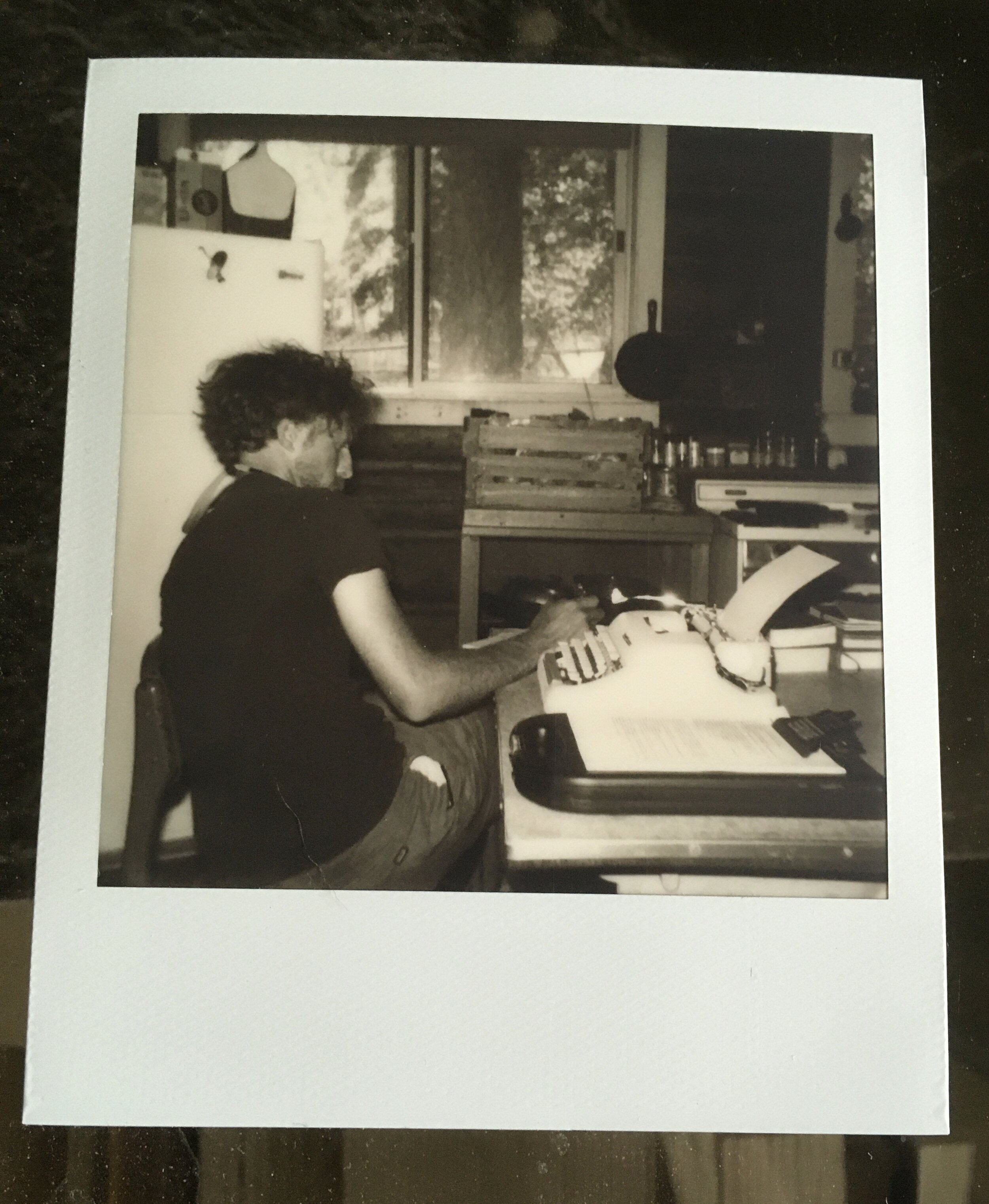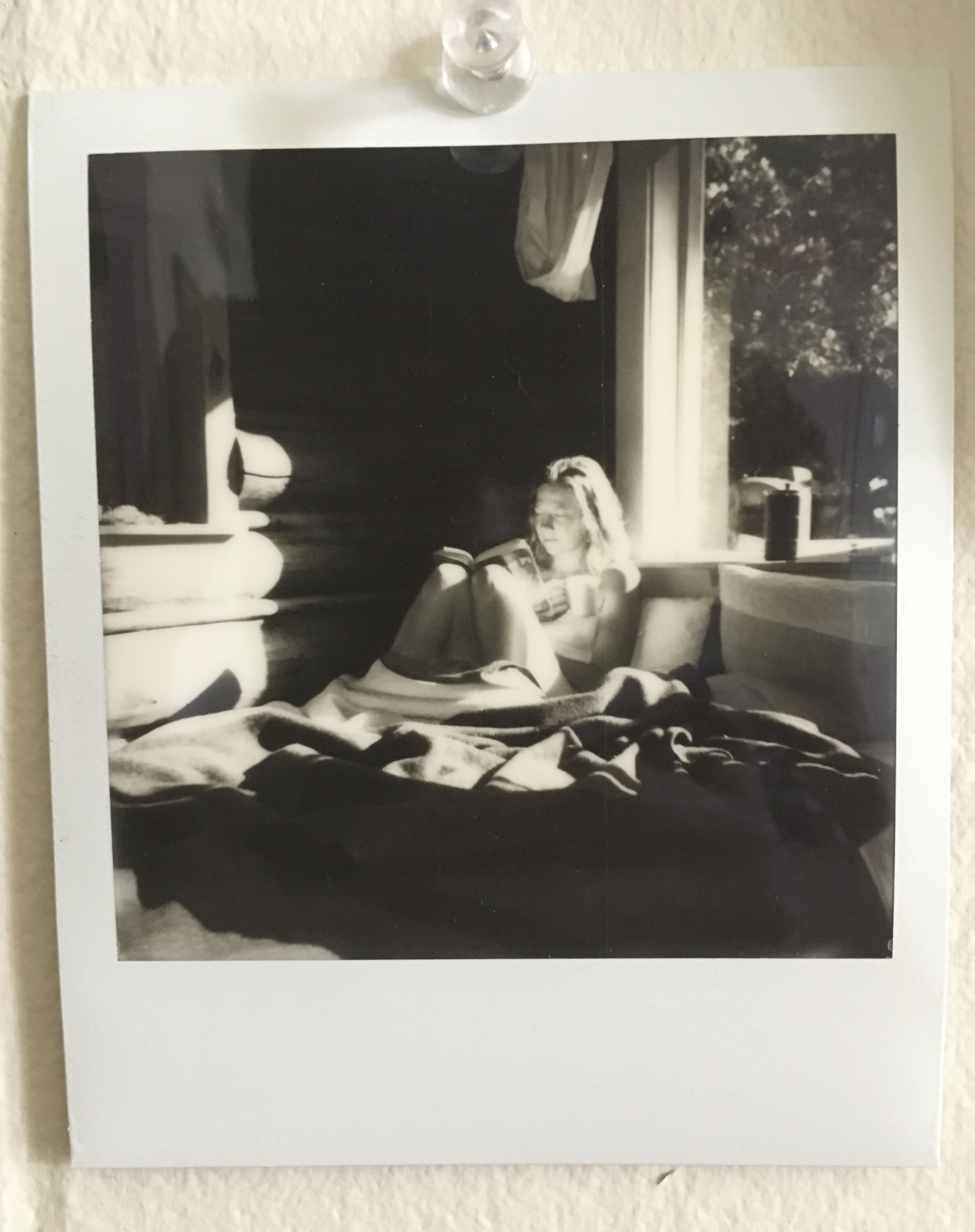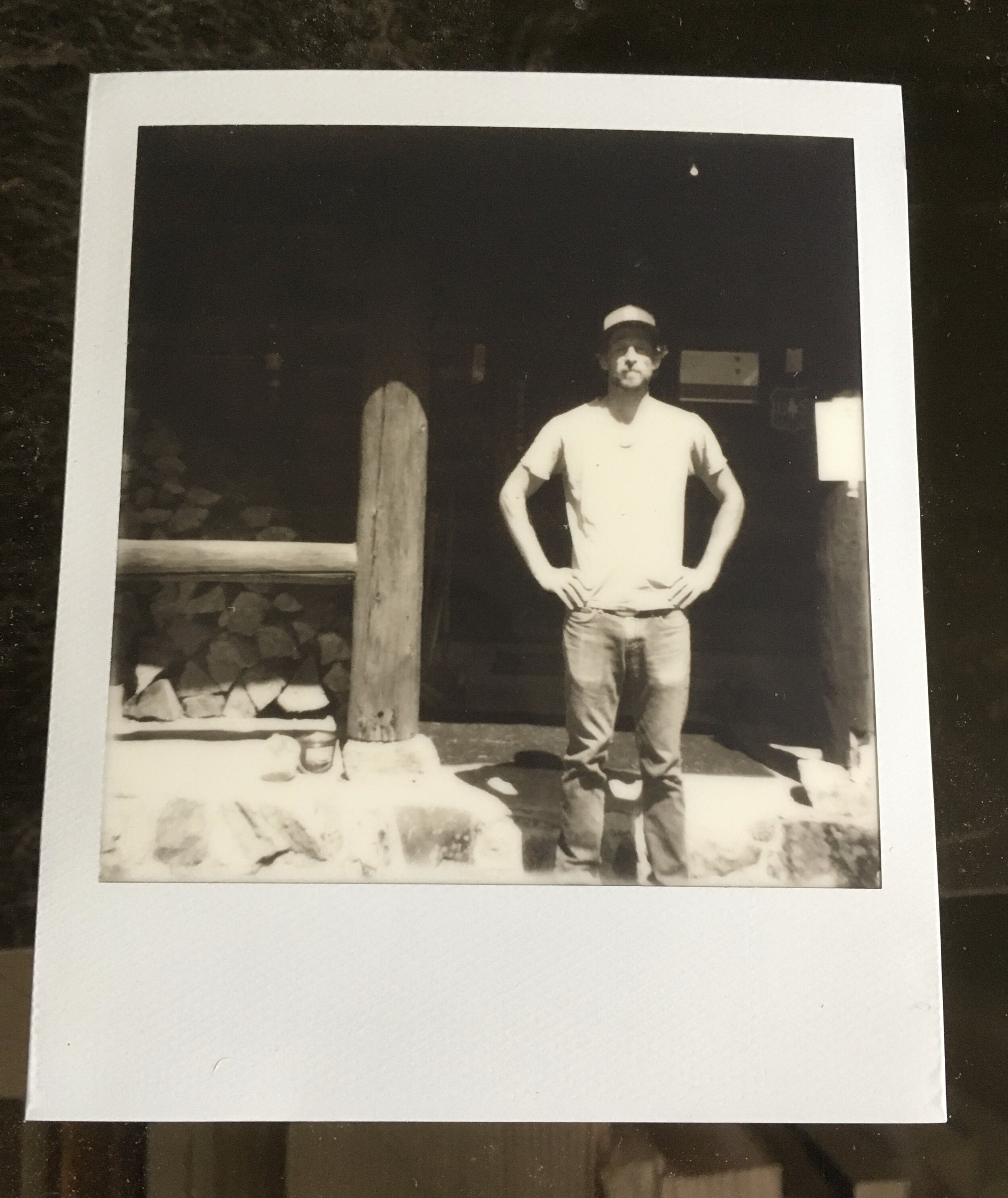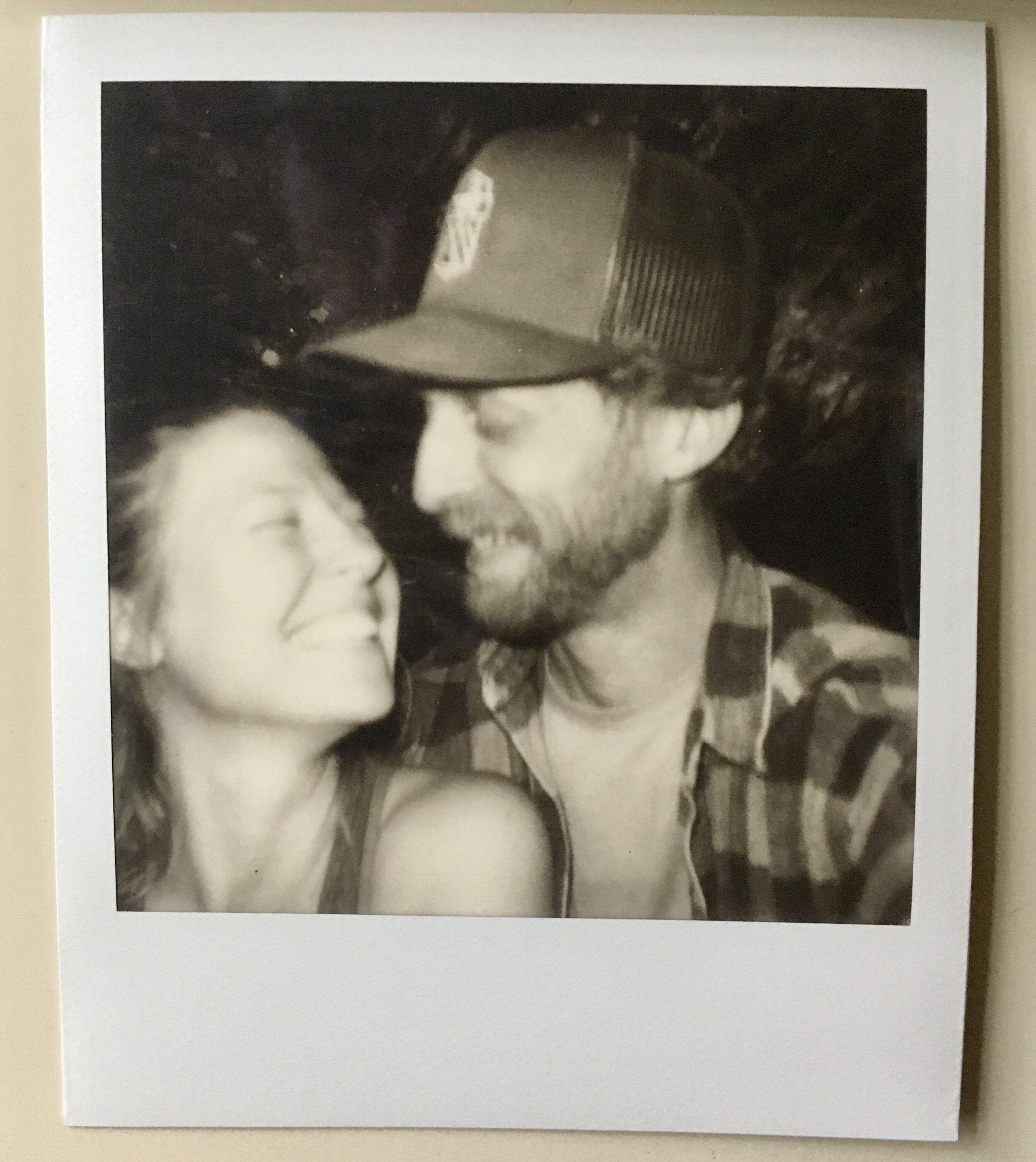Thomas Neidenbach – Wilderness Ranger Fellow
Appalachian State University
Middle Fork Trail #001
June 23-June 30
Salmon-Challis National Forest | Frank Church-River of No Return Wilderness
Night one…what a whirlwind she was. Dark storm clouds rolled over the mountain peaks towards our campsite outside of Boundary Creek Campground. Bolts of lightning struck the ridgelines as we watched and waited in anticipation for the sky to drop out above us. A light cool mist transitioned to heavy raindrops accompanied by pea sized hailstones that peppered tent rainflies. The following morning our crew of four cooked an egg scramble breakfast for our 10 volunteers joining us on the hitch. We eagerly loaded our packs, distributed tools, and began the 9-mile hike into the Frank Church-River of No Return Wilderness to Trail Flats Campground. Hiking mile by mile we passed one tree after another, each recently cut with fresh sawdust coating the rich charred soil beneath our boots. It was evident that a crew had recently cleared the fallen trees on trail #001 just days before us. Emotions of confusion transformed to frustration as we came to terms with the fact that our 8 days of work would be consumed by nothing but brushing.
Days passed as we worked making progress further down the trail lopping ceanothus, sagebrush, and wild rose bushes. At times we questioned if the endless lopping was worth the work, but we pressed on sharing our stories and experiences slowly finding a sense of cohesiveness. Together we all learned how to cook meals for a large group in the backcountry, collect clean water for 15 people with a broken gravity filter, find the most comfortable places to sleep on rocky terrain, and…how to use a Groover. Only in the backcountry does it seem appropriate to talk about using the bathroom but scurrying one by one down the trail to find the metal Groover toilet camouflaged by brush seemed to bring the group together.
Towards the final days of the hitch, we accepted that in the grand scheme of things trail work is trail work. Whether it be cutting a fallen two-foot diameter Douglas Fir tree with a crosscut saw, rolling a 400-pound boulder down an exposed rockslide, or lopping back ceanothus bushes that creep into the trail; the work that we do grants access to otherwise difficult and unpassable trails. Lopping brush seems to be the least glorious form of trail work, but by our final days it was clear that the group had found our groove.
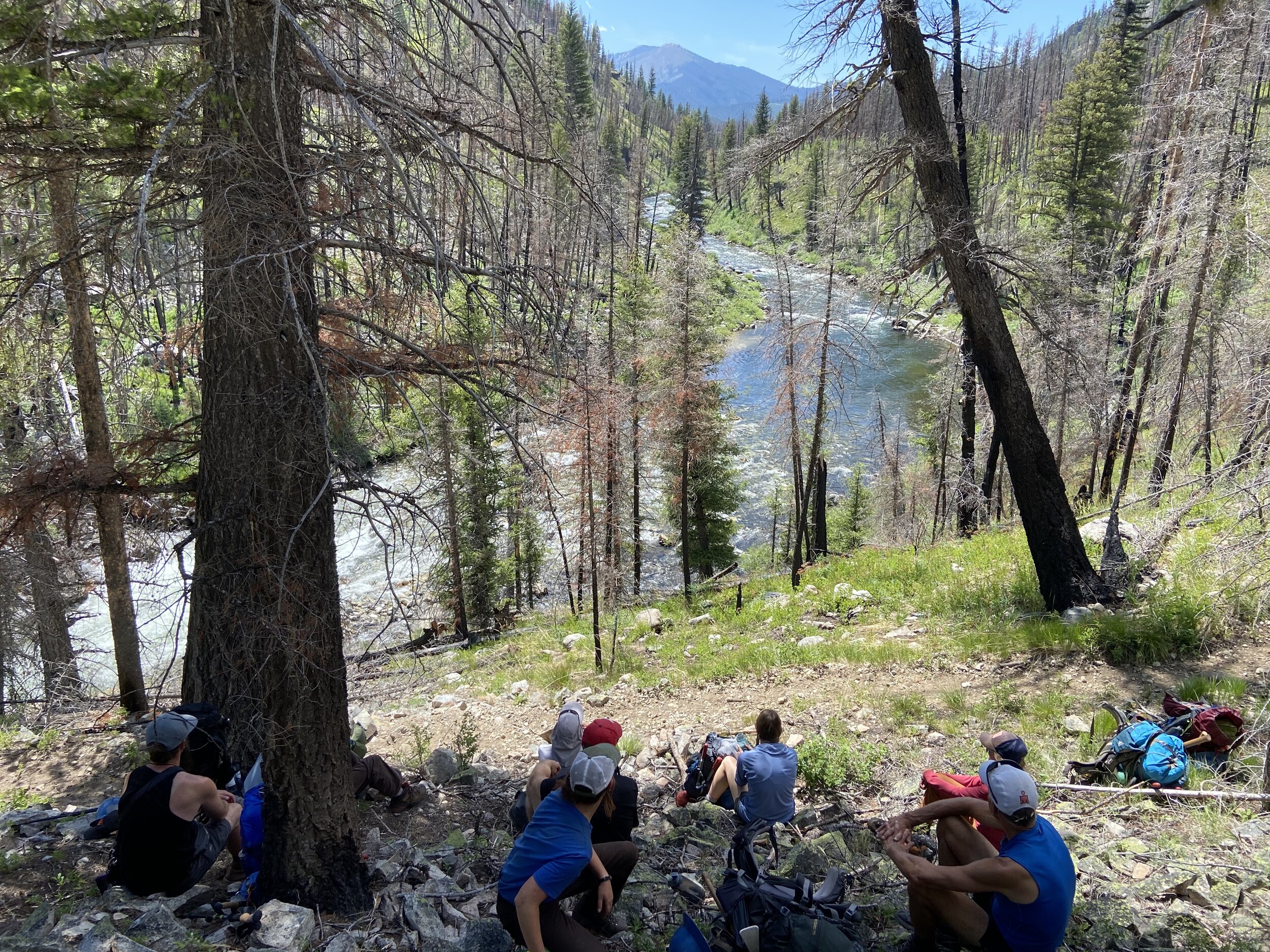
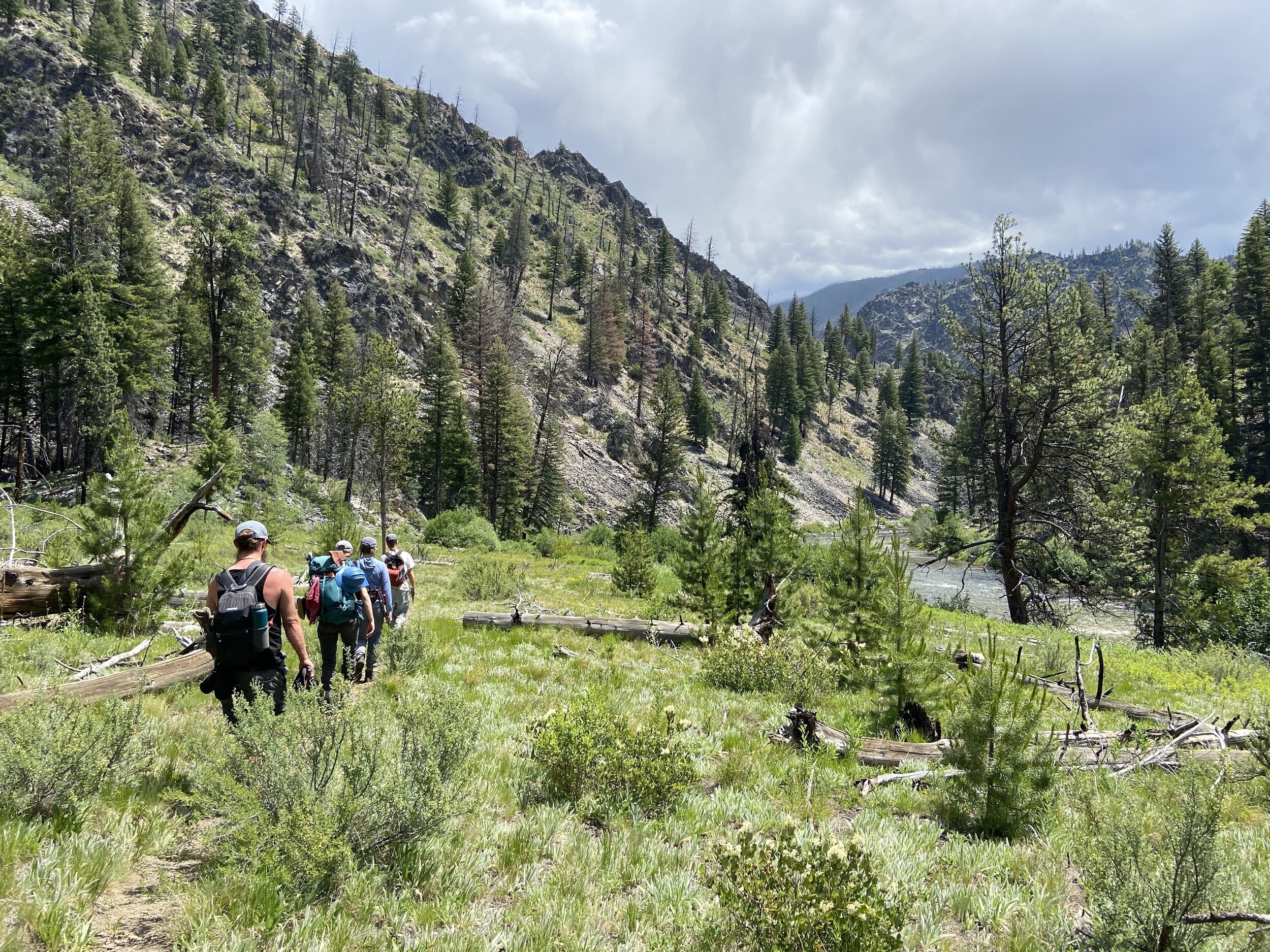
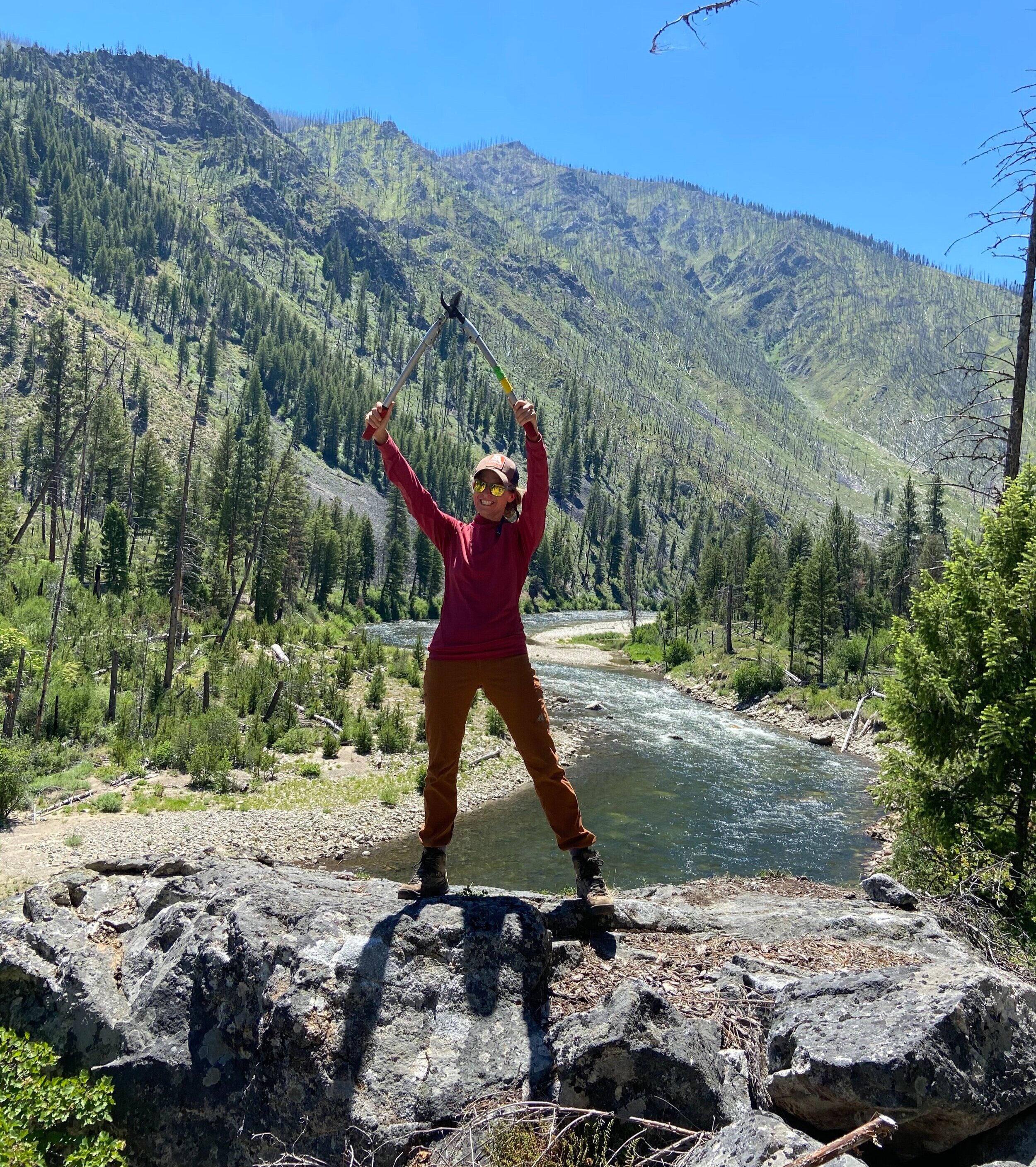
Salmon-Challis National Forest | Frank Church-River of No Return Wilderness
Appalachian State University
Major: Recreation Management concentrating in Outdoor Experiential Education | Minor: Geography
Thomas grew up in Spartanburg, SC. He is a Junior at Appalachian State University. Thomas’ experience working on trails began in Boy Scouts. He has worked as a Camp Counselor and Zip Line Ranger in the North Carolina Blue Ridge Mountains. Outdoor recreation and activities have always been a significant part of his life. Wilderness areas have the power to reconnect humans with the Earth; Thomas is passionate about preserving and protecting Wilderness for this and future generations to be able to experience and respect the natural wonders held within.


















![GetAttachment[2].jpg](https://images.squarespace-cdn.com/content/v1/559d365ae4b0233f52969762/1603731785219-GHME1IYIF9U1I316IA7G/GetAttachment%5B2%5D.jpg)










